A Great Early Start in Kansas City: Operation Breakthrough
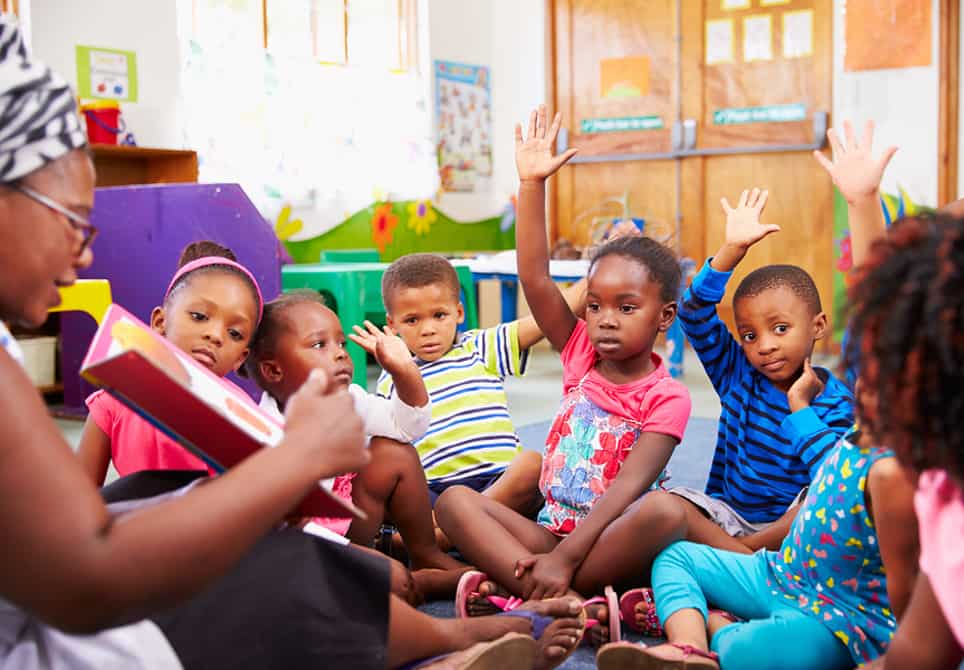
A dozen blocks east of Country Club Plaza is Troost, the north-south boulevard that separates black and white Kansas City, Missouri. Just a few blocks from the most affluent zip code in KC is the 3000 block of Troost where three of four corners are abandoned retail–an urban downtown strip 30 years past its prime.
Here, a former JC Penney houses one of the most remarkable early learning programs in the country.
Operation Breakthrough serves 420 learners ages 6 weeks to 14 years. Almost nine of 10 enrolled families live below the federal poverty guidelines–with an average income of less than $13,000. About one in five children are homeless or living in transitional housing. More than one in ten children are in foster care or other placements due to abuse, neglect or other family crises.
Some parents may think they’re signing up for childcare but Operation Breakthrough is far more; it’s a sophisticated learning environment where the children often enroll with limited language–an inability to focus or interact. Yet they leave ready for success in kindergarten.
Founded 45 years ago by two Catholic sisters, Sister Berta Sailor and Sister Corita Bussanmas, the nonprofit has a history of providing quality childcare for the working poor of the central city. Ten years ago a renovation and expansion of the old retail store doubled the size of the facility.
Mary Esselman is the learning scientist behind the most recent emergence of Operation Breakthrough as an early learning leader. I met this remarkable yet understated urban educator in a middle school classroom five years ago. She was piloting a blended, personalized and competency-based math program in Kansas City. Students were getting the help they needed and progressing at their own rate.
Esselman followed superintendent John Covington to Detroit, where they implemented the new system in 12 schools taken over by the state. The program was remarkable–a competency-based K-8 model with 18 levels managed by the Buzz platform from Agilix. We wrote about it glowingly and brought people from around the country to see it. But the rough and tumble politics of Detroit got the better of them and Esselman moved back to Kansas City and turned her attention to early learning.
Beating Poverty
“Exposure to environmental adversity is a primary shaper of development from the cellular to the behavioral and social levels,” said NYU researchers Drs. Blair and Raver.
“In classrooms where lots of kids are under varying degrees of stress, one child acting out can set off other kids and shut down the learning environment for everyone,’ said Dr. Pamela Cantor, “If you have numerous children across the school with issues like that, you can produce a hugely negative culture and shut down learning in the building.”
Cantor’s program, Turnaround for Children, features social workers and wrap around services to give kids the skills and supports necessary to counter the negative effects of poverty-induced trauma. Cantor and Turnaround are highlighted in Paul Tough’s new book Helping Children Succeed.
Operation Breakthrough’s founders observed this trauma-induced dis-regulation and organized families into five “neighborhoods” staffed with wraparound services including full-time social workers, child and music therapists, behavior interventionists and a foster grandmother. Classroom practices and verbal queues teach “3 big life skills:”
- I can manage a big feeling
- I can be OK even when others are not OK
- I can do something even when I don’t want to
There are 10 remarkable takeaways from Operation Breakthrough, the largest early learning center in the Midwest:
1. Rich, Capable Staffing. With 1:4 infant staffing ratio and 1:10 preschool staffing ratio, children get a lot of attention at Operation Breakthrough. Staffing comes from a couple different funding streams, includes seven Teach For America corps members and is augmented by volunteers.
Programs (discussed below) have capable managers with a wealth of experience. Many of the preschool staff have bachelor’s degrees and all of them get learning opportunities.
2. Social-Emotional Learning. Every program and practice incorporate social-emotional learning. Classroom practices and verbal queues teach the above mentioned “3 big life skills:” These preschoolers are learning to win….and lose graciously.

3. Smart Therapy. Building on SEL principles, music therapists (trained in a great program at UMKC) lead group singing while tracking individual progress on self-regulation, social interaction and language development. Music therapy is part of a continuum of behavior therapy that starts with infant theraplay and progresses to school readiness.

4. Smart Lab. Young scholars learn coding and robotics in the Smart Lab (outfitted by Creative Learning Systems). Below, two preschoolers code sound and motion in Lego constructions.

After school, middle schoolers take on more challenging assignments. The young man below was working on a prosthetic limb for a dog.

5. Maker Lab. Preschoolers spend 90 minutes (half that for 2-year-oldss) in a well-equipped six zone makerspace. Laminated cards with state readiness indicators are color coded for desired student learning outcomes for each station–another sign that this is serious fun. In addition to paper constructions (below), stations include a windtunnel, electronic circuits, coding, cooking, toy hacking and construction, textiles and an arts studio.

6. Health. Operation Breakthrough features a medical clinic operated by Children’s Mercy and a dental clinic.
7. Basic Needs. A food bank, clothing bank, furniture warehouse and birthday present bank ensure that basic needs are met.

8. Partners. Operation Breakthrough partners with many organizations to support scholars and families. Lawyers Encouraging Academic Performance (LEAP) provides financial support and volunteers in the afterschool program. Below is a picture of a local judge working with an afterschool student.

9. Blended Learning. Operation Breakthrough is an Early Head Start/Head Start agency. They incorporate best practices including personal learning pathways. Preschoolers connect with junior high reading buddies on zoom (below).

The afterschool program includes a blended learning program (using Imagine Learning) where scholars accelerate reading and math skills.

10. Parent Education. Classes are offered on childhood development and family management. Four family advocates work one-on-one to support the best childhood development environment. Adult therapists address mental health issues. Links are provided to family services including temporary housing. A Community Action Board includes parents and community leaders.
Operation Breakthrough is supported by a variety of local foundations including the Kauffman Foundation, funders of the Kansas City Early Learning Collaborative, United Way, Missouri Children’s Trust Fund, Unbound and many other individual donors.
Children that grow up in poverty typically start school with enormous deficits in nutrition, attachment, social interactions, self-regulation and vocabulary. Operation Breakthrough is the best and largest example I’ve seen of an intentional and innovative childhood development program with robust wraparound services that closes the school readiness gap.
Add an afterschool program that promotes character, confidence, creativity and real college and career readiness, and you have an extraordinary gift to the Kansas City families that need it most.
For more, see:
- Equitable Education for Students in Poverty Starts with the Teacher
- Smart Cities Need Great Schools, The Best Antidote to Poverty
- Helping Students Cope With The Trauma Associated With Poverty
Stay in-the-know with all things EdTech and innovations in learning by signing up to receive the weekly Smart Update. This post includes mentions of a Getting Smart partner. For a full list of partners, affiliate organizations and all other disclosures please see our Partner page.



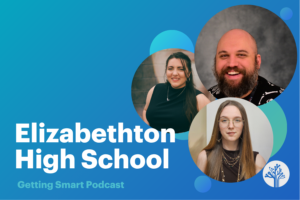

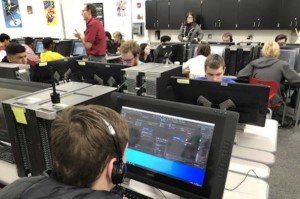
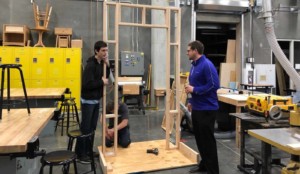
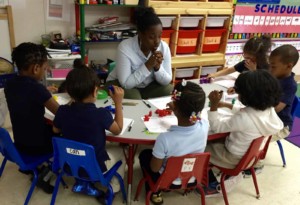
Betty Crooker
Mary Esselman should be the CZAR of EDUCATION for Kansas City. Our children and parents in poverty have at last a champion working for them. The Maker Space and the STEM programs are models for our public schools. Our children and parents in the district are crying out for change-----their voices must be heard. Mary Esselman is their voice!!